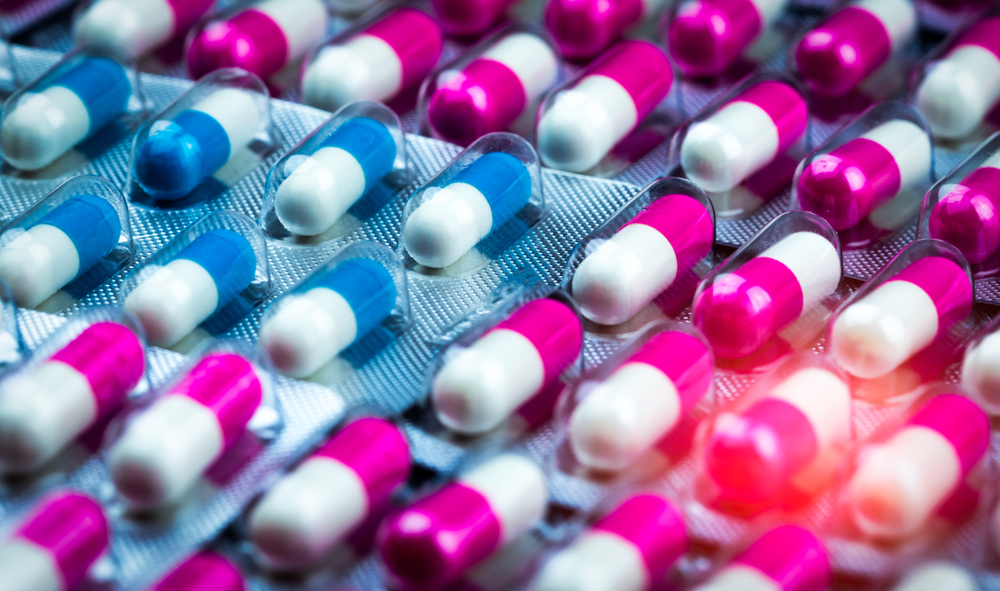Drug resistance is taking place when pathogens like germs and viruses possess the ability to beat the drugs intend to kill them. This means that the pathogen will continue to spread. It does not mean that our body is becoming resistant to drugs; it is that the microbes have become more resistant to the drugs intend to kill them. Drug resistance is the response of the bacteria to the use of medicines.
Antibiotics are used to fight microbes. Drug resistance depends on the amount of drug consumption. There are lots of infections like pneumonia and TB that are hard and sometimes impossible to treat, so some antibiotics may be less effective. Drug resistance is when bacteria continue to multiply and the person remains sick. Drug non-resistance is when bacteria continue to multiply but these bacteria will die, so the person is healthy again.


